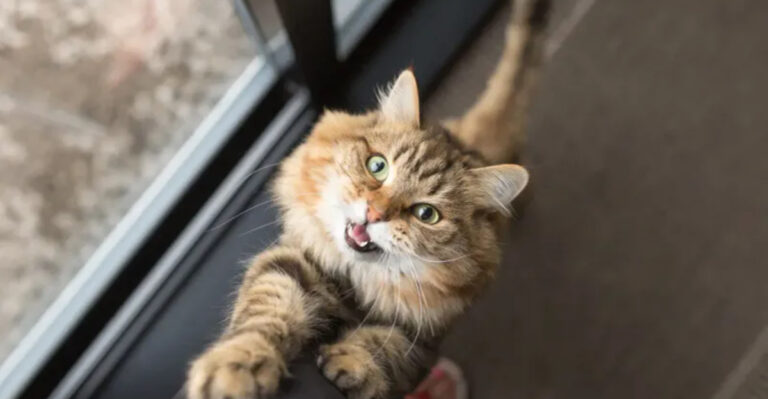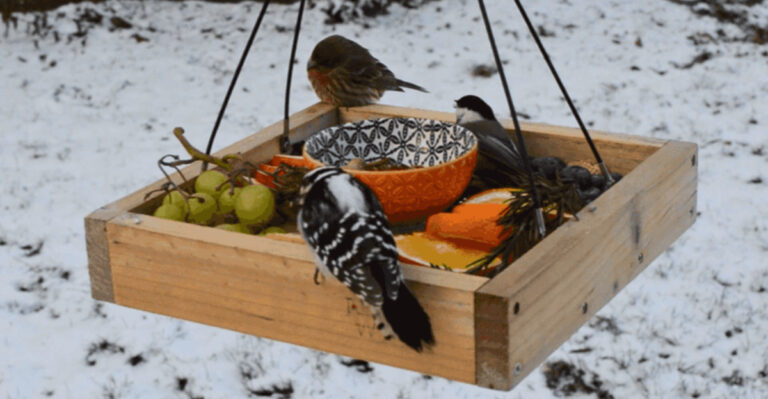13 Simple Things That Make Cats Happier (Yet Owners Rarely Do Them)

Cats may seem independent, but they rely on us for more than just food and shelter. Our feline friends have specific needs that, when met, can dramatically improve their quality of life and strengthen your bond.
Surprisingly, many cat owners overlook these simple actions that could transform their pet’s happiness level overnight.
1. Rotate Their Toys Regularly
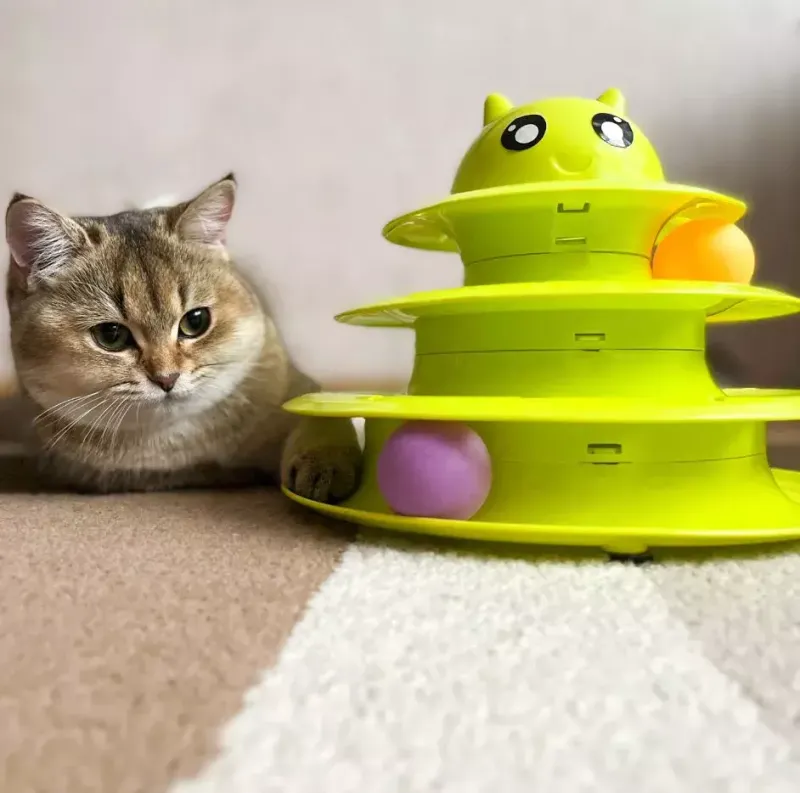
Cats get bored with the same toys day after day. Try storing most toys away and rotating just a few out each week. This simple switch makes old toys feel brand new again!
Your kitty’s hunting instincts stay sharp when toys remain novel and exciting. Even budget-conscious owners can maintain interest by swapping toys rather than constantly buying new ones.
2. Create Vertical Territory

Cats are natural climbers who feel safest when surveying their domain from above. Adding shelves, cat trees, or window perches throughout your home satisfies this instinct and reduces stress.
Vertical spaces also help in multi-pet homes by giving cats escape routes from dogs or other cats. You don’t need expensive equipment—secure bookshelves or window sills work perfectly.
3. Offer Puzzle Feeders
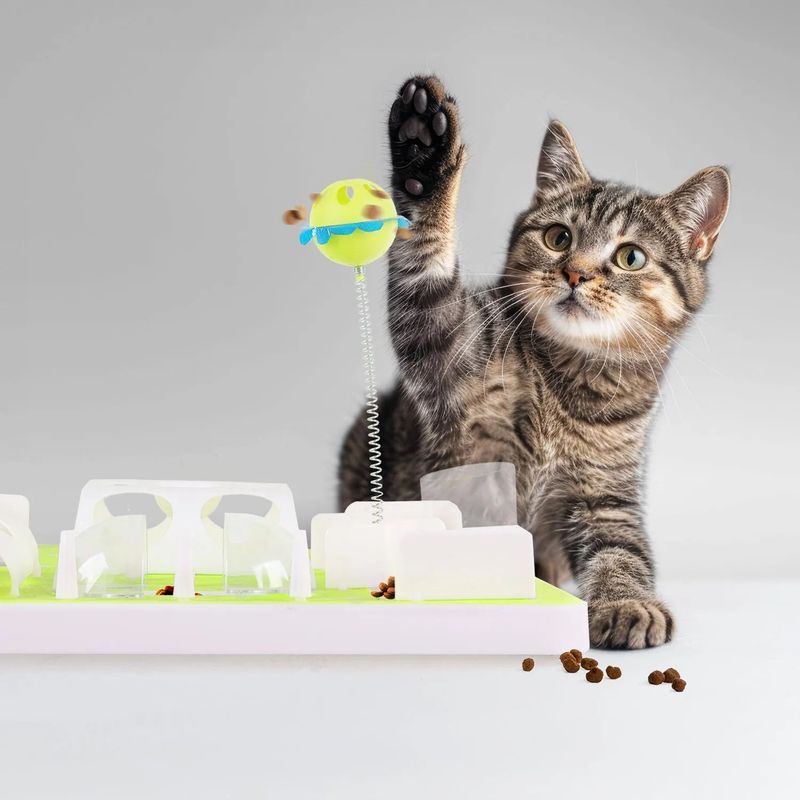
Free-feeding from bowls ignores cats’ natural hunting instincts. Puzzle feeders make mealtime mentally stimulating by requiring your cat to work for food—just like they would in nature.
These interactive feeders prevent boredom and slow down fast eaters. Start with simple puzzles and gradually increase difficulty as your clever feline figures them out. Many cats actually prefer earning their meals!
4. Schedule Daily Play Sessions
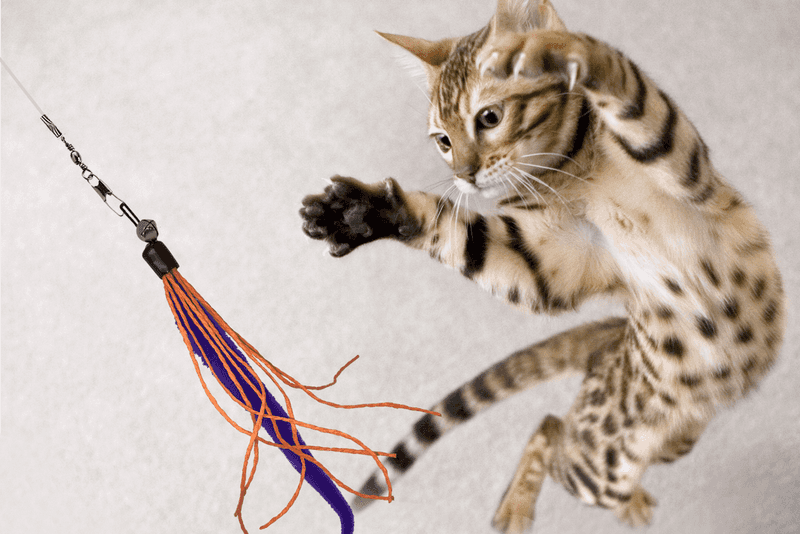
Five minutes of interactive play twice daily works wonders for your cat’s mood. Using wand toys that mimic prey movements triggers their hunting sequence: stalk, chase, pounce, and “kill.” Regular play sessions reduce destructive behaviors and nighttime zoomies.
The key is consistency—cats thrive on routine. End each session with a treat to complete the natural hunt-catch-eat cycle your predator craves.
5. Provide Safe Outdoor Experiences
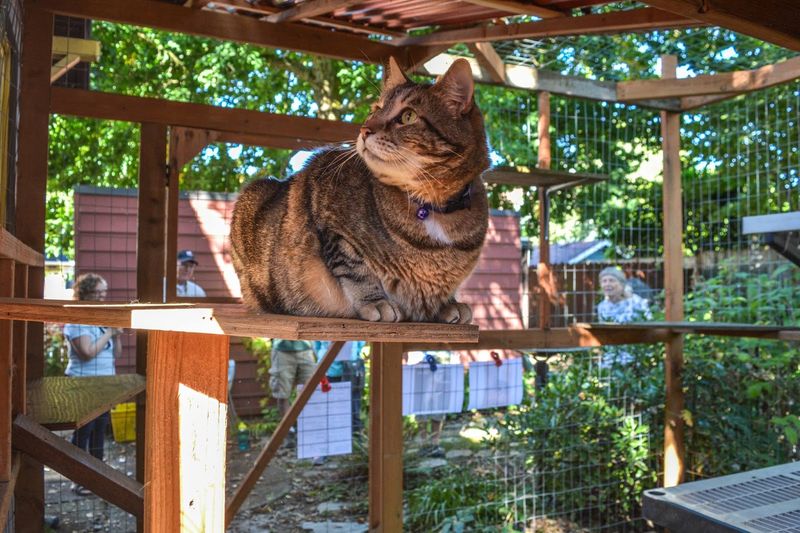
Indoor cats miss natural stimulation. Catios, window perches, or supervised harness walks offer safe outdoor adventures without the dangers of roaming free.
The sounds, smells, and sights of nature provide incredible mental enrichment. Even 15 minutes of outdoor time can dramatically improve mood. Start small—many cats need time to adjust to harnesses or new spaces.
6. Create Hiding Spots

Cats need secure retreats where they can escape stress and observe safely. Cardboard boxes, covered beds, or dedicated cat furniture provide these essential sanctuaries. Never force a hiding cat out—this space represents security.
Strategic hiding spots throughout your home help cats manage anxiety, especially during visitors or home renovations. Even confident cats appreciate having their own private spaces.
7. Brush Them Regularly
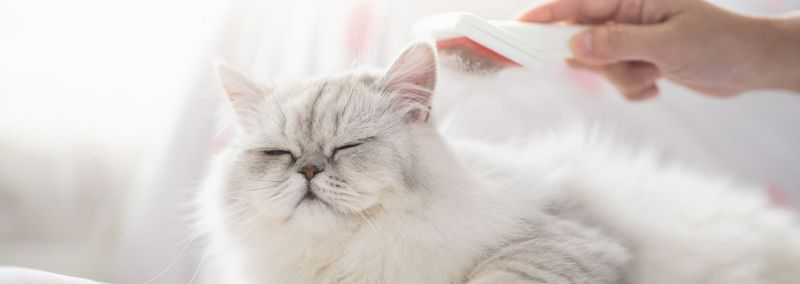
Beyond reducing hairballs, regular brushing mimics social grooming that cats would experience in colonies. This bonding activity releases feel-good endorphins for your pet.
Different coat types need different brushes—long-haired cats might need daily attention, while short-haired ones weekly. Start with short, positive sessions and gradually increase duration as your cat begins to enjoy this special attention time.
8. Serve Wet Food Daily
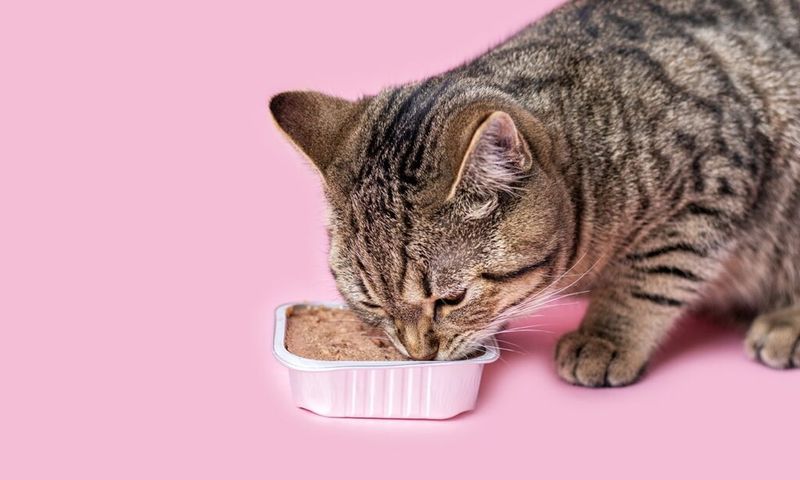
Many cats live perpetually dehydrated because they evolved to get moisture from prey, not water bowls. Adding wet food to their diet dramatically increases water intake and supports kidney health. The texture and temperature variety also provides enrichment.
Room-temperature wet food enhances aroma and palatability. Even adding a spoonful to dry food makes a significant difference for finicky drinkers.
9. Install Window Bird Feeders
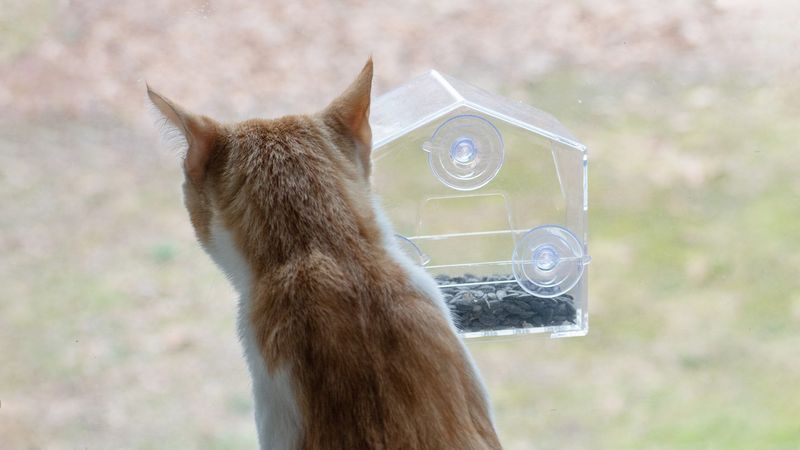
Cat TV isn’t on cable—it’s right outside your window! Installing bird feeders provides hours of stimulating entertainment for indoor cats, satisfying their predatory instincts safely. The mental stimulation reduces boredom-related behavior problems.
Position comfortable perches near windows for optimal viewing. This simple addition costs little but provides endless fascination for your feline friend.
10. Use Clicker Training

Contrary to popular belief, cats are highly trainable! Clicker training provides mental stimulation while strengthening your bond through positive reinforcement. Start with simple behaviors like touching a target stick or sitting.
Keep sessions under five minutes to match their attention span. Training builds confidence in shy cats and channels energy in hyperactive ones. Plus, showing off your cat’s high-five trick impresses guests!
11. Provide Fresh Grass
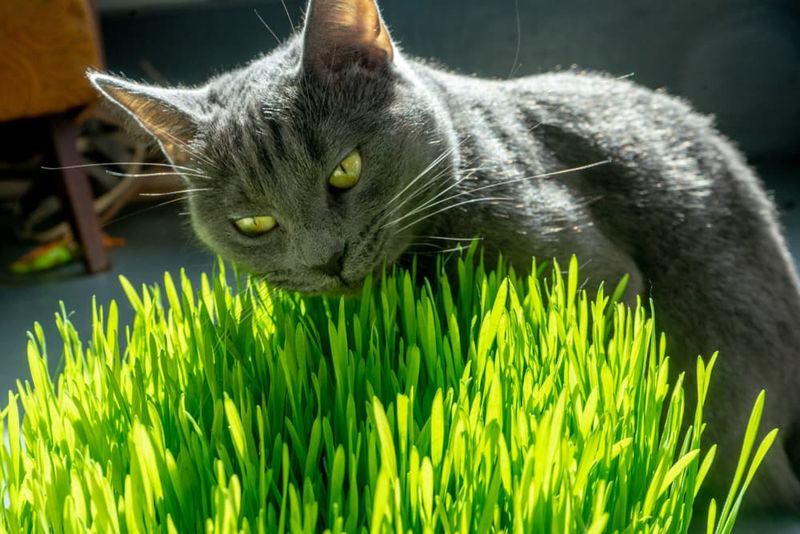
Cats naturally crave greens! Growing cat grass (usually wheat, oat, or barley) provides safe munching that satisfies this instinct while keeping them away from toxic houseplants.
The fiber aids digestion and helps prevent hairballs. Many pet stores sell easy-grow kits, or you can plant your own from seeds. Keep multiple pots in rotation so there’s always fresh growth available.
12. Respect Their Scent Communication
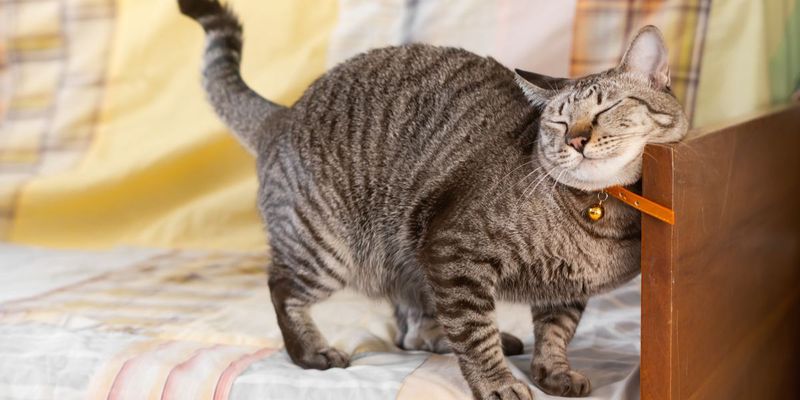
Cats communicate through scent glands in their cheeks, paws, and bodies. When we constantly clean surfaces they’ve marked (with invisible pheromones), we’re erasing their security messages. Allow some scratching posts and beds to remain unwashed longer.
This preserves their scent territory and reduces anxiety. Synthetic feline pheromone products can supplement these natural markings during stressful times like moves or new pets.
13. Create Mealtime Rituals
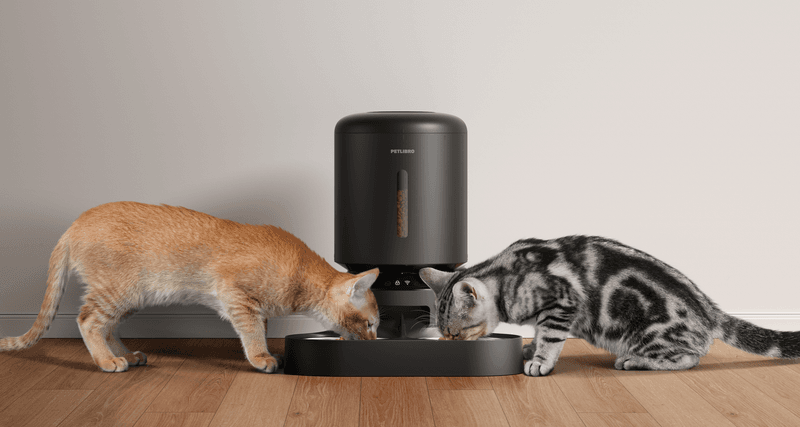
Wild cats hunt multiple small meals throughout the day—not two big bowls at human mealtimes. Splitting their daily portion into 4-6 tiny meals better matches natural feeding patterns.
Automatic feeders help working owners maintain this schedule. Adding a consistent sound cue before feeding builds positive anticipation. The predictability reduces food anxiety and begging behaviors that stem from feast-or-famine worries.

